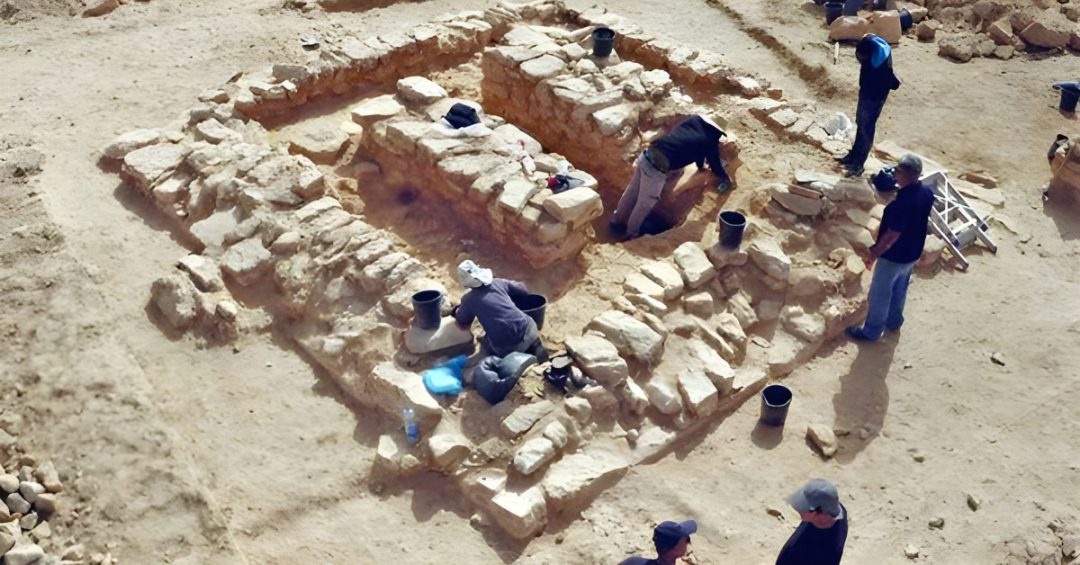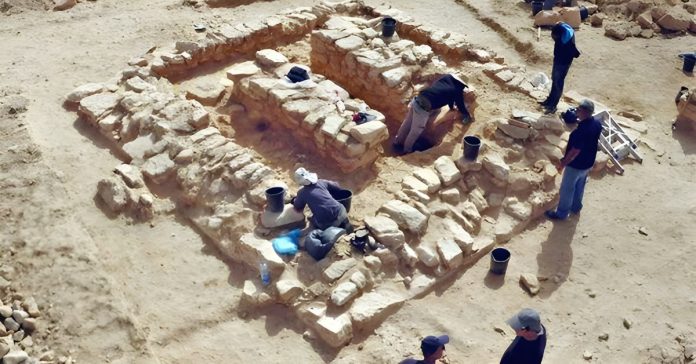A remarkable archaeological discovery has shed new light on the historical importance of the Negev Desert, revealing that it was more than just a passage in ancient trade routes.

A team of researchers from the Israel Antiquities Authority (IAA) recently conducted excavations in the Negev Highlands, a vast desert region in southern Israel, with Be’er Sheva as its main city. During their work near Tlalim Junction, they uncovered 2,500-year-old tombs, offering new insights into trade connections with regions such as Yemen, Phoenicia, and Egypt.
The Phoenicians, an ancient Semitic people, resided in city-states along the Levantine coast, in what is now modern Lebanon. The newly discovered tombs contained a variety of artifacts, including flint arrowheads traced to Yemen and Oman, copper and silver jewelry, alabaster vessels used for incense transport, and an amulet depicting the Egyptian god Bes.
These findings challenge previous assumptions, indicating that the Negev Desert played a more integral role in ancient civilizations than previously thought. Instead of serving merely as a trade route, archaeologists now believe it functioned as a major center of cultural and commercial exchange.
One intriguing aspect of the discovery is the location of the tombs, which were found far from any known fortresses or settlements, defying the burial norms of the period. Experts have proposed two possible explanations: the site may have served as a long-term burial ground for traveling merchants or as a mass grave for traders who fell victim to an attack.
Historical records describe how trade caravans transported luxury goods such as frankincense and myrrh, and possibly trafficked individuals, between regions including Gaza, Egypt, Greece, Moab, and Edom.
Dr. Jacob Vardi of the IAA emphasized the uniqueness of the discovery, stating, “The concentration of flint artifacts at this site is unparalleled in Israel, with the only known sources being Yemen and Oman.”
This groundbreaking find reshapes our understanding of the Negev Desert’s historical significance, highlighting its role as a vital hub for trade and cultural interactions among ancient civilizations.

